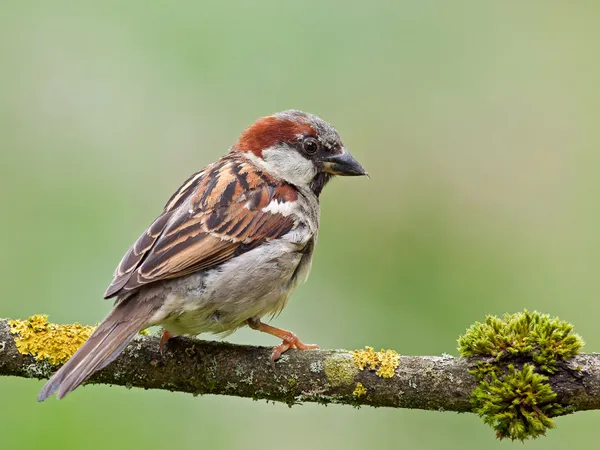Introduction
In the intricate tapestry of Earth’s biodiversity, each species weaves its own unique thread, contributing to the vibrant mosaic of life. Among these, the Dalauan Sparrow stands as a testament to the resilience of nature and the delicate balance that sustains ecosystems. This diminutive bird, found in the remote islands of the Philippines, holds significance not only for its ecological role but also for its cultural and scientific value.
Taxonomy and Distribution
The Dalauan Sparrow, scientifically known as Passer dalauanensis, belongs to the family Passeridae, commonly referred to as the Old World sparrows. Endemic to the Philippines, it inhabits a limited range of islands within the archipelago, primarily in the Visayas and Mindanao regions. Its distribution is closely tied to the availability of suitable habitats, including grasslands, agricultural areas, and forest edges.
Morphology and Adaptations
Measuring around 12 centimeters in length, the Dalauan Sparrow exhibits the typical appearance of a sparrow, characterized by a small, stout body, short bill, and brown plumage with distinctive markings. Its adaptability is evident in its foraging behavior, as it feeds on a varied diet comprising seeds, grains, insects, and small fruits. This opportunistic feeding strategy enables it to thrive in diverse environments, from open grasslands to human-modified landscapes.
Ecological Role
As a granivorous bird, the Dalauan Sparrow plays a vital role in seed dispersal and ecosystem dynamics. By consuming seeds and fruits, it facilitates the regeneration of plant communities and contributes to the maintenance of biodiversity. Additionally, its presence in agricultural areas can serve as a natural pest control mechanism, helping to regulate insect populations and minimize crop damage.
Conservation Status
Despite its ecological importance, the Dalauan Sparrow faces numerous threats that jeopardize its survival. Habitat loss and fragmentation due to agricultural expansion, urbanization, and deforestation pose significant challenges to its population. Moreover, indiscriminate hunting and trapping for the illegal wildlife trade further exacerbate the species’ vulnerability.
Conservation efforts aimed at protecting the Dalauan Sparrow and its habitat are essential for ensuring its long-term survival. These initiatives encompass habitat restoration, establishment of protected areas, community-based conservation programs, and public awareness campaigns. Collaborative approaches involving government agencies, non-governmental organizations, local communities, and stakeholders are crucial for implementing effective conservation strategies.
Cultural Significance
Beyond its ecological significance, the Dalauan Sparrow holds cultural importance for the people of the Philippines. In traditional folklore and indigenous beliefs, birds often symbolize various attributes such as freedom, resilience, and connection to the spiritual realm. The Dalauan Sparrow, with its presence in local landscapes and folklore, embodies these cultural narratives, serving as a symbol of resilience and harmony with nature.
Conclusion
The Dalauan Sparrow represents more than just a species of bird; it embodies the intricate interplay between biodiversity, culture, and conservation. Its survival hinges upon our collective commitment to safeguarding the natural heritage of the Philippines and preserving the delicate balance of ecosystems. As stewards of the Earth, we must strive to protect and cherish species like the Dalauan Sparrow, ensuring that future generations inherit a world teeming with life and biodiversity.



